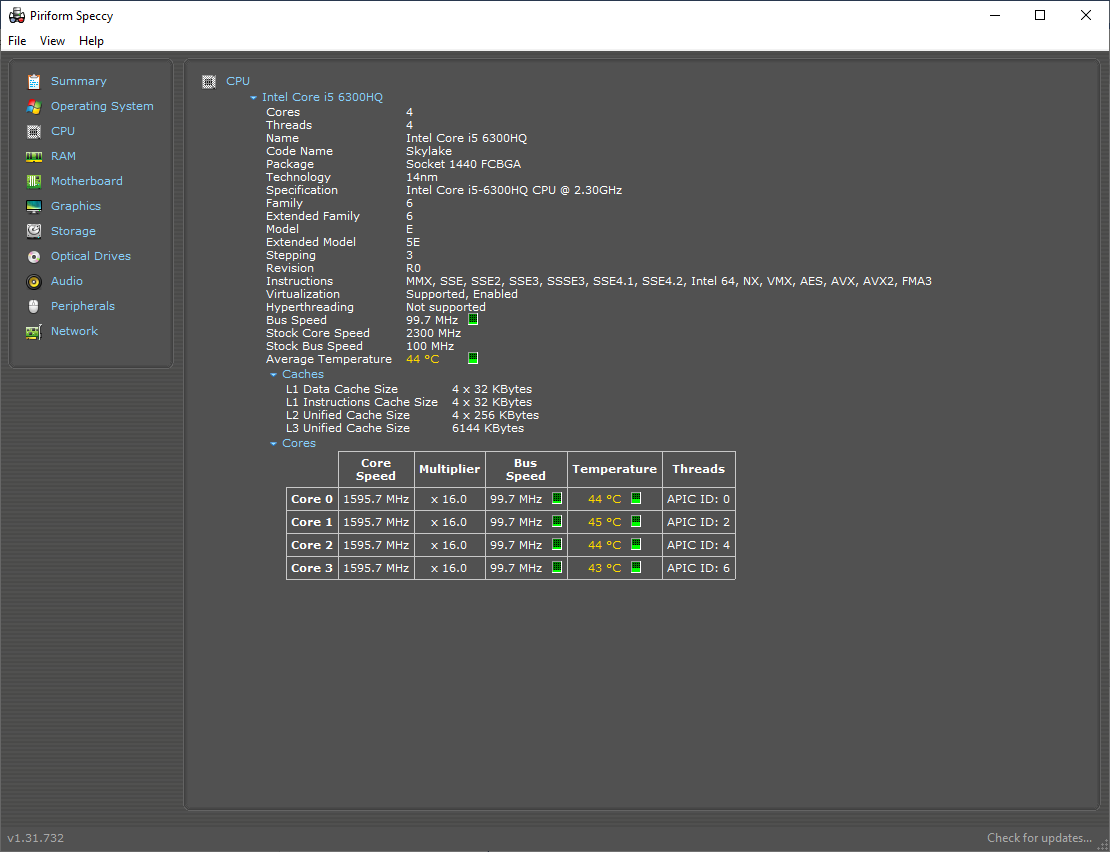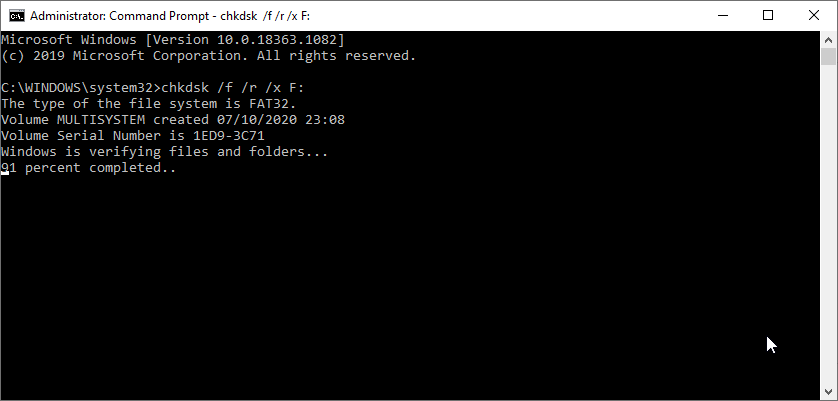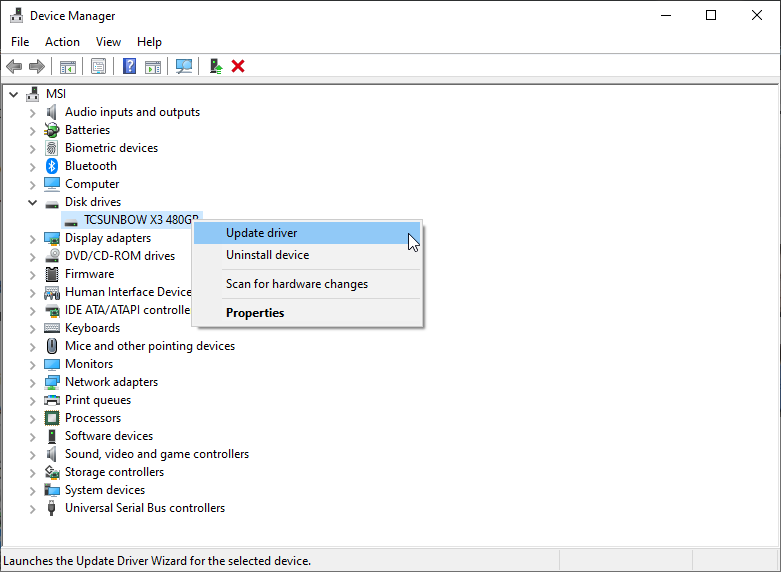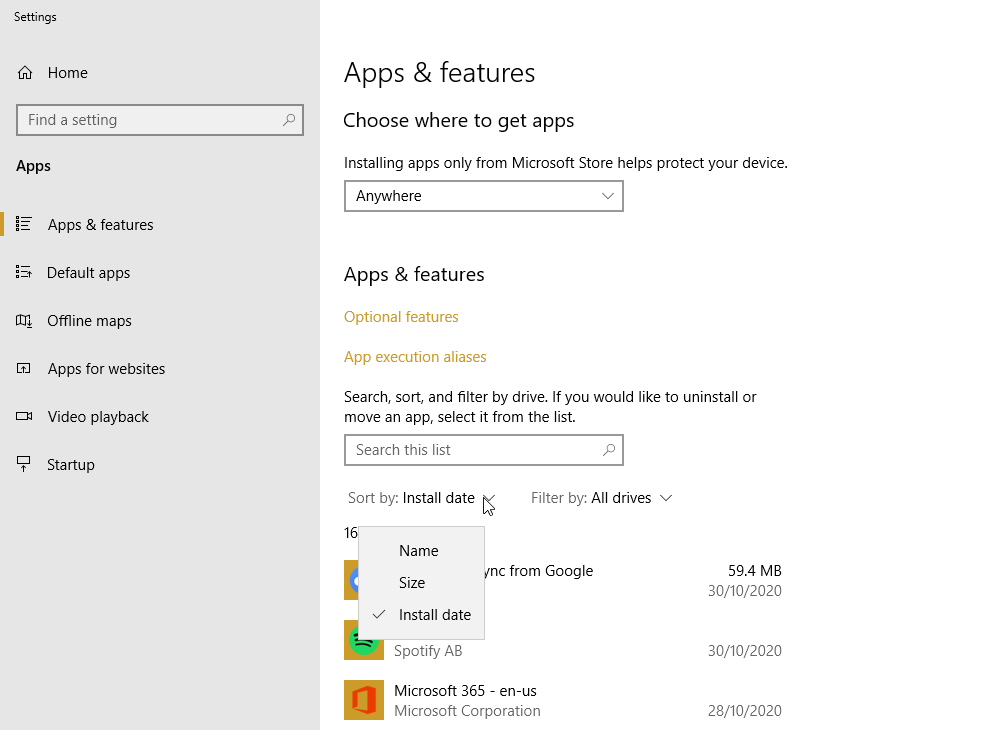Windows errors come and go... and the DPC Watchdog Violation is certainly one of them. If you're running into the DPC Watchdog Violation error, here's how you fix it.
What Is the DPC Watchdog Violation Error?
The DPC Watchdog Violation error stems from system hardware issues and advises you that Windows couldn't communicate with the hardware properly.
When Windows 10 was first introduced back in 2015, there was a glut of DPC Watchdog Violation errors relating to solid-state drives (SSDs), such as outdated SSD firmware, old SSD driver versions, or hardware incompatibility issues. The issue was that SSD manufacturers hadn't developed and released updated drivers for the new operating system, causing a host of issues, including the DPC Watchdog Violation error.
DPC stands for deferred procedure call, a system-level process (that means it takes place in the background). A DPC essentially details when a piece of hardware wants to communicate with the CPU but does so slightly out of turn. If the DPC doesn't resolve over a certain period, it causes the DPC Watchdog Violation error (where the Watchdog is a process making sure the DPC resolves within the allotted time).
Deferred procedure calls work alongside "system interrupts," which is another system-level process. Whenever a piece of software or hardware wants to do something, it "interrupts" the CPU to tell it what is going on. If the system spends too long at the interrupt request level (IRQL), it can also cause bluescreen errors.
How to Fix the DPC Watchdog Violation Error
Typically, a DPC Watchdog Violation is resolved with driver and system updates, and giving your hardware a good check over. That check over might mean reseating and cleaning your hardware, as well as using third-party tools to check the hardware isn't failing mechanically.
1. Check and Reseat Your System Hardware
The first thing to do is to check your system hardware for anything that looks out of place. That could mean a loose cable, out of place drive, unseated RAM, or anything else in between. The following video explains how to reseat your hardware and check everything is secure:
Clean Your Computer
While you have your computer case open, you should give your hardware a clean. Not with soap and a sponge, of course! Rather, you should give your fans a blast with some compressed air and complete some general PC maintenance steps. Remember, your PC is like any other bit of hardware you own. Take care of it and it'll last longer.
2. System Health Check
After cleaning your system physically, you should perform a system health check. A system health check uses third party tools to show whether any bits of hardware are about to fail. There are heaps of Windows PC health tools, but one of the easiest tools to use is Speccy. Speccy displays a wide-range of PC health indicators in a single program, making it a great benchmarking tool.
Once installed, you can open the various tabs and dropdown menus to check drive health, operating temperatures, voltages, and much more. If any of your hardware shows a high number of faults or operating at extreme temperatures, you should consider figuring out what is wrong with the component or replacing it entirely.

If Speccy shows issues with your SSD, you can always investigate further. Check out the main warning signs your SSD is about to break down and fail.
3. Run SFC and CHKDSK
Another fix for the DPC Watchdog Violation error is to run the integrated Windows System File Check (SFC), a system tool that scans your drive and fixes errors.
Before running the SFC command, it is important to check it is working properly. To do this, we use the Deployment Image Servicing and Management tool, or DISM.
Like SFC, DISM is an integrated Windows utility with a wide range of functions. In this case, the DISM Restorehealth command ensures that our next fix will work properly.
Work through the following steps.
- Type Command Prompt (Admin) in the Start menu search bar, then right-click and select Run as administrator to open an elevated Command Prompt.
- Type the following command and press Enter: DISM /online /cleanup-image /restorehealth
- Wait for the command to complete. The process can take up to 20 minutes, depending on your system's health. The process seems stuck at certain times, but wait for it to complete.
- When the process completes, type sfc /scannow and press Enter.
CHKDSK is another Windows system tool that checks your file structure. Unlike SFC, CHKDSK scans your entire drive for errors, whereas SFC scans your Windows system files specifically. Like SFC, run the CHKDSK scan from the Command Prompt to fix your machine.
- Type command prompt in your Start menu search bar, then right-click the best match and select Run as administrator. (Alternatively, press Windows Key + X, then select Command Prompt (Admin) from the menu.)
- Next, type chkdsk /r and press Enter. The command will scan your system for errors and fix any issues along the way.

4. Update Your SSD Drivers
By and large, Windows 10 takes care of your driver updates. Updates are automated in Windows 10, too, so you should never fall too far behind the update cycle. That said, things do slip through the net, and drivers can become corrupted for one reason or another.

To check your latest automatic driver updates, head to Update & Security > Windows Update > View update history. Recent driver updates appear here.
Now, type device manager in the Start Menu search bar and select the Best Match. Unfurl the Disk drives section, then right-click the driver for your SSD and select Update driver. Select Search automatically for updated driver software to let Windows automate the update process for you.
Update Windows 10
Another fix is to check whether Windows 10 has a pending update. Head to Update & Security > Windows Update. If there are updates available, download and install them.
5. Uninstall Software
Did the DPC Watchdog Violation error begin after installing new software? If so, you should remove the software, reboot your system, and check if the image persists.

Input programs in your Start Menu search bar and select the Best Match. Switch the Sort by dropdown menu to Install date, sorting the list of programs by the installation date. Uninstall any programs installed recently, then reboot your system. If the DPC Watchdog Violation error disappears, you've found the culprit.
The DPC Watchdog Violation in Windows: Fixed!
Like many Windows 10 bluescreen errors, the DPC Watchdog Violation error is an irritation. But ultimately, if you follow the steps on this list, you can fix the DPC Watchdog Violation error without causing too much stress.
Tidak ada komentar:
Posting Komentar